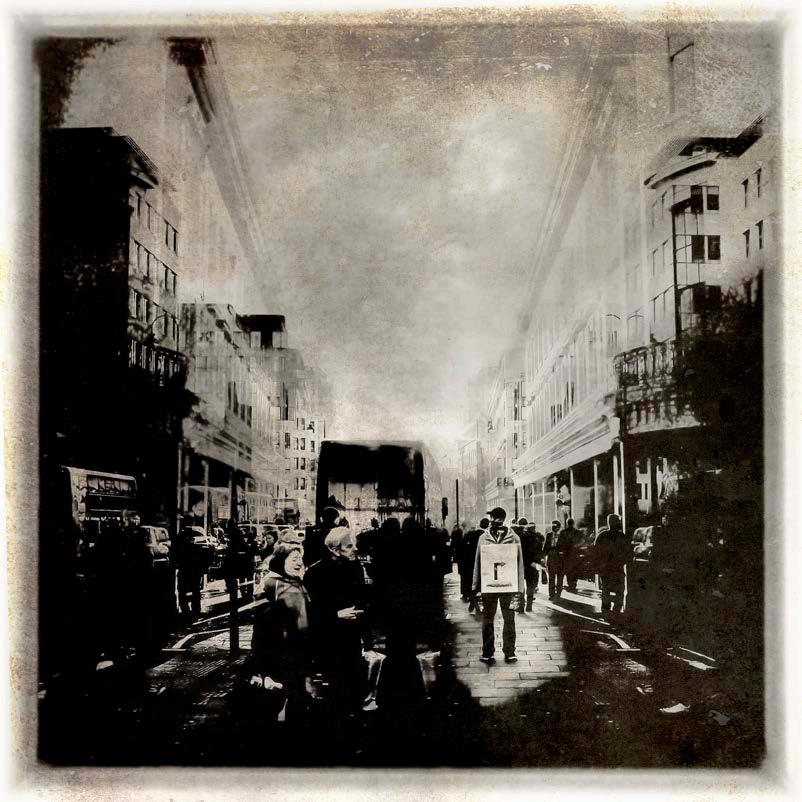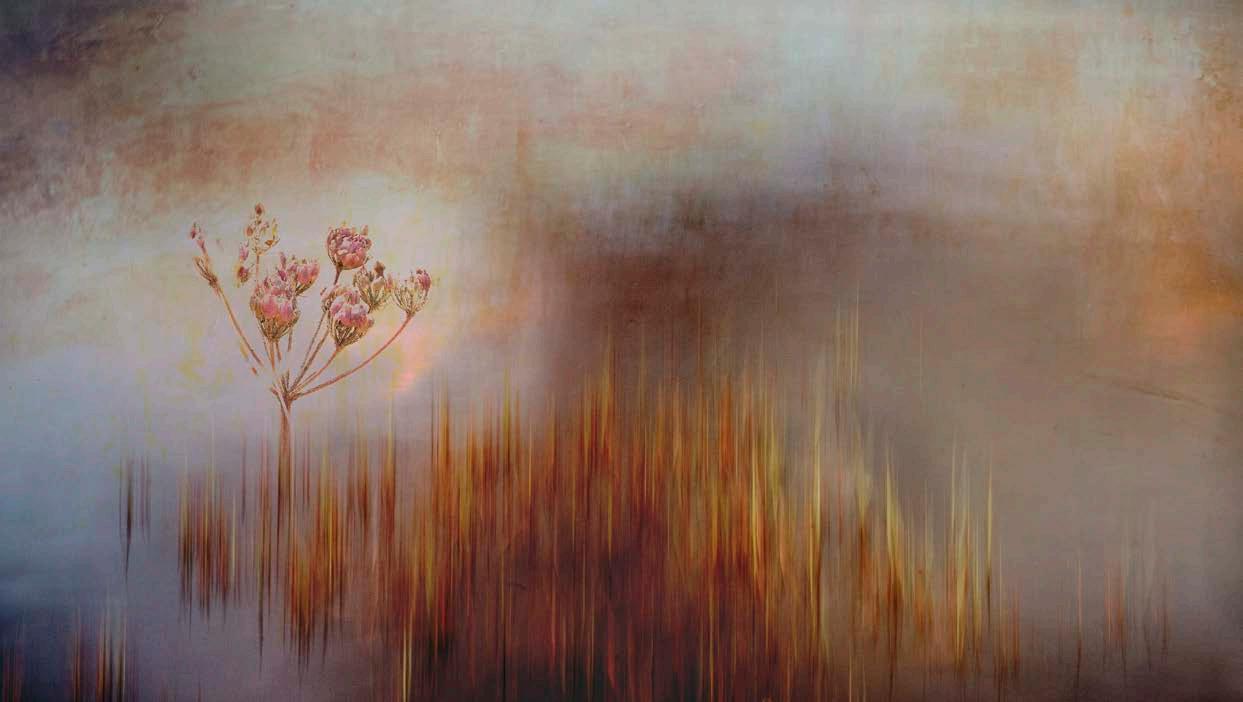
ROYAL PHOTOGRAPHIC SOCIETY


ROYAL PHOTOGRAPHIC SOCIETY
 From: Mark Deutsch LRPS Chair, Visual Art Group
From: Mark Deutsch LRPS Chair, Visual Art Group
I am delighted to be able to share with members this 2024 Visual Art Monograph by the late Ray Higginbottom ARPS.
Ray was the Guest Editor of several previous VA Magazines and when he told us that his illness was too advanced for him to continue as editor, your committee felt it would be appropriate for the subject of this Monograph to be Ray himself. Ray, as you will see here, was a photographer with eclectic interests and the highest standards, notably in post production. His love of photography shines out of his images.
Ray was a good friend of the Visual Art Group and contributed regularly to both the Facebook and Rollright groups, and our residential weekends. The committee has decided – exceptionally – to print and distribute this Monograph in his memory. Ray will be much missed.

 From: Paul Mellor ARPS Photography colleague and personal friend
From: Paul Mellor ARPS Photography colleague and personal friend
Image making was just one of Ray Higginbottom’s many skills and possibly the most important. When I first met Ray, some 8-9 years ago, his photography struck me as exciting, evocative and challenged one’s visual senses in every way.
He had an ability to make the most mundane scene or object into something amazing. To call him creative was an understatement.
It was impossible not to be inspired by Ray’s skills in recording an image and then, by careful post-production, turn it into a piece of art that stood out in a class of its own. I don’t think ‘normal’ was part of Ray’s vocabulary, a characteristic that easily flowed into other parts of his life. He was keen to discover and experiment with all the obscure processes that in days gone by were considered innovative and slightly ‘off the wall’.
Ray may not be with us, but his photography lives on.


GUEST EDITOR: Wendy Meagher LRPS (wmeagher@gmail.com)
DESIGNER: Jacqui Adams (jacqui@demiurgedesign.co.uk)
Faced with a terminal illness, I am very conscious of the passing of time and how precious every day is, so it was a great surprise and honour to be offered the opportunity to share some of my favourite images with you. Looking back at my lifelong journey through art, design and image making has been a real pleasure and rekindled many happy memories.
Born in West London, I was the first of my family to go to grammar school. I was not particularly academic but excelled in sport. I left school at 17 and joined the Post Office as an apprentice in telecommunications, where I stayed my whole working life. My first dabble in photography was when I purchased a Zenit TTL camera and took a lot of bad monochrome images, but it wasn’t until I was around 40 years old, when my step-daughter asked me to enrol on an A-level art course with her, that I rekindled that passion for learning. I loved the challenges, the new experiences and knowledge

I gained, and I passed with a distinction. It was also here, in the next classroom, that I discovered the college ran a C&G course in Photography. I regularly saw students coming out of the darkroom with trays of wet prints to show their tutor; intrigued, I chatted with him and was persuaded to enrol on the course where I completed the five modules, all with distinctions. These also gained me my LRPS. It was around this time that I suffered severe injuries in a cycling accident. As I could not work, I signed up for a Foundation course in Art and Design, which I successfully completed, before finishing a part-time BA in Photography and Multimedia at Westminster University. This led me on to teaching photography for a number of years in West London.
For me, the degree highlighted the ‘whys’ and not the ’hows’ in the creative process. I was immersed in the history and development of photography, the important milestones and the photographers who pioneered the changes to the

way images are seen and interpreted. I’m always being asked what sort of photographs I take and I can honestly say that my image making is driven by a need to experiment, to break rules and boundaries, to satisfy the curiosity in me. As such, the images that I’ve selected here are as diverse in their subject matter and production as you could possibly imagine.
The degree course also exposed me to a wide range of genres and image makers that I might not have discovered elsewhere. Access to a library which held a large selection of photographic books and magazines was like being a kid in a sweetshop. I spent many hours reading and absorbing how increasingly photography influences every aspect of our lives. Living close to London, I took every opportunity to visit galleries and museums. The Photographers’ Gallery, the V & A, the National Portrait Gallery, Tate Modern and Hoopers Gallery (now closed) became regular haunts and major exhibitions a must. Some of the well-known, and not so well-known
artists and photographers who have influenced me are -
Edward Hopper
Lori Vrba
Sebastião Salgado
Dorothy Bohm
John Blakemore
Flor Garduño
Gregory Crewdson
Jacqueline Roberts
William Eggleston
Paul Kenny
Many hours spent in the darkroom, and the heavy click of the shutter from my Rollei 6006, still resonate with my photography today. As you will gather from this selection of work, I still ‘see’ square framing from my medium format 6×6 days. I gradually moved on to digital, via Canon cameras and now Fuji, but I’m not a ‘machine gun’ photographer. I don’t shoot many images but prefer to take my time, to explore the subject and absorb all the possibilities that are presented to me.
Nowadays people take pictures like a fisherman trawls his net. He throws his net, sweeping up everything. He hauls it in, not knowing what he has caught. He hopes something could be saved. There is no time to seize the moment. No time to commune with the subject portrayed. Only digital stress through quantity. The exact opposite of the process behind these images. The observation, the wait, then silence are all essential.
Frank Kalero


As a creative photographer, I’m often asked where my ideas and inspiration come from. I collect ideas from films, TV, magazines, music, books, often tearing out pages to keep in my projects file. I also take lots of photographs of textures, skies, text and frames, which are filed under ‘Backgrounds’ on my PC. Also, I’m always looking at other photographers’ work – as the photographer Glyn Dewis has said, ‘photograph like a thief’. That doesn’t mean copy but be inspired to produce similar work. Instagram and Pinterest are invaluable, as they both offer the chance of finding someone whose work is worth exploring.
Previsualisation is a term often used to convey the photographic intent when raising the camera to your eye. I like to think that the click of the shutter is just the beginning of the creative path to the finished print (I say print because for me that’s the preferred outcome).
What do I want the image to communicate? What is this image about? What mood, thought, or emotion do I want my image to carry? Intention is where you begin with the image, and it’s the place from which you decide where you are going with the image (aesthetics) and how you are getting there (process), intention is your vision for this image made conscious.
David duChemin
I’ve chosen to show you some of my portraits taken from several series of images. The first is Kin’ (pp 6, 7), an attempt to reimagine the typical family portrait. They are of my granddaughters, dark and mysterious, almost alienating in style.

The following (pp 8, 9) are from a series of portraits of fellow National Trust volunteers using a pseudo tintype/wet-plate collodion digital process. I would love to be able to use the darkroom process but it’s very technical to master.
Portraiture has an underlying philosophy and process that enables the illumination of real people in real settings through the ‘painting’ of their stories. It is a complex methodology in which the researcher attempts to illuminate meaning of personal stories and events presented as narrative.
Unknown




The third portrait challenge was set by a London Independent Photography (LIP) group I belong to. Here random pairs of members were selected and challenged to shoot each other’s portrait.

Still Life photography is one of my favourite genres. It allows me to take complete control of the subject in terms of lighting and composition. I tend to favour natural light, although I sometimes use an infinity box set-up and very simple lighting.
To construct a still life is to play, both to create and to solve a jigsaw puzzle with no guiding picture. Even apparently simple and unregarded material can stimulate exploration.
John Blakemore


I’ve seen several
and
a gallery talk that he gave. Much influenced by him, I’ve included some of my own images that are my response to his ideas.
The tulip is a flower of sensual gestural elegance, of constant transformation, worthy of contemplation, of a prolonged and intensive scrutiny.
John Blakemore


As technology advances, so trends in the way we take and see images have emerged. The ability to take multiple exposures in camera, intentional camera movement (ICM) and the power of Photoshop’s layer facility, has enabled me to explore the limitless possibilities for the creative photographer. I have included several images produced by these means.









Of all the photographs I have taken over the years, I would like to highlight one image that continues to evoke such a strong emotional response in me. It shows my mother’s wrinkled hands. She was suffering
from dementia and the knotted string around her finger was a constant reminder of memories lost. The Van Dyke darkroom treatment also adds to a feeling of history and a life well lived.
I would like to finish by thanking all in the Visual Art Group, for their friendship, support and the happy memories of times spent together.
Abrief






https://rps.org/groups/visual-art/